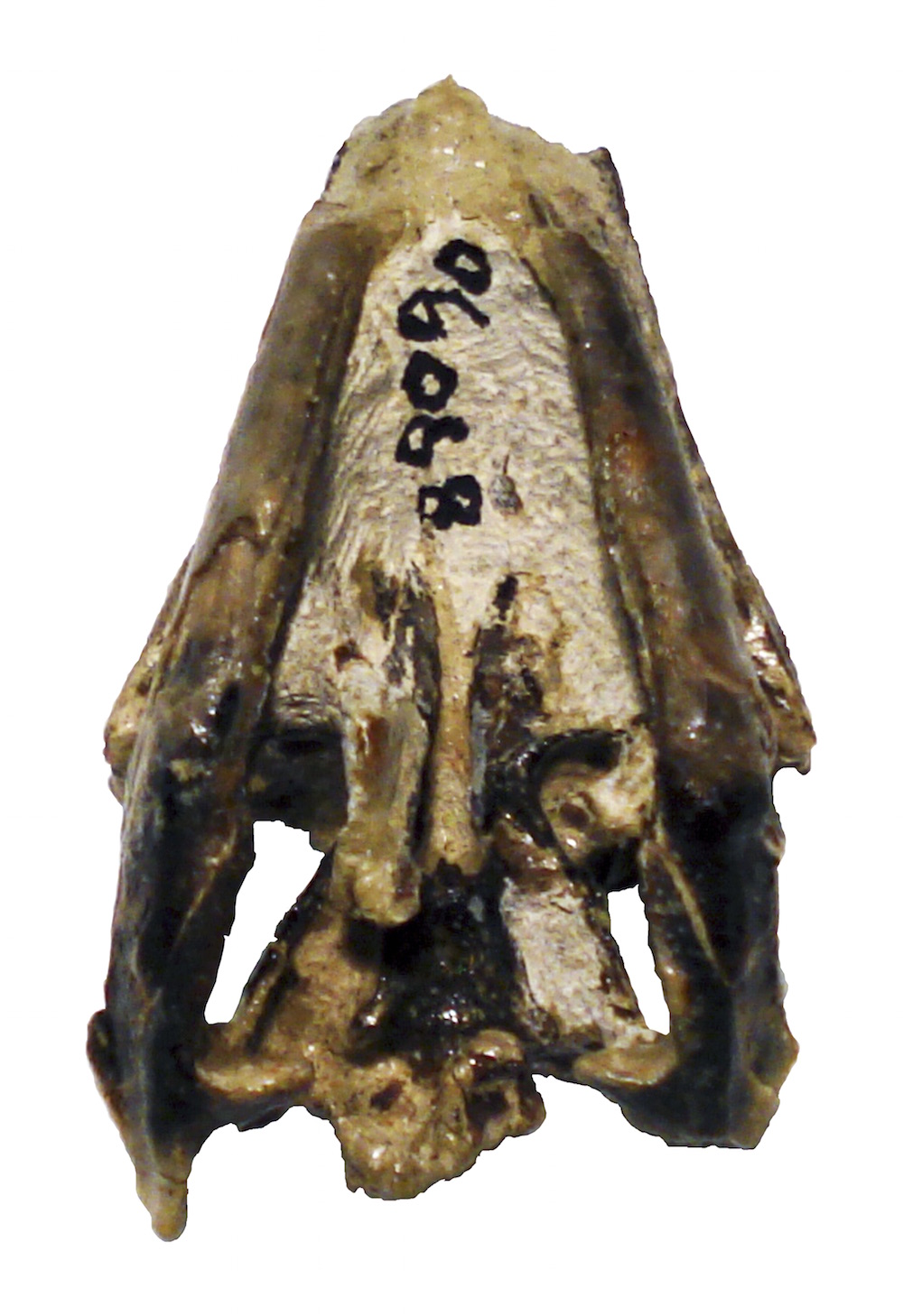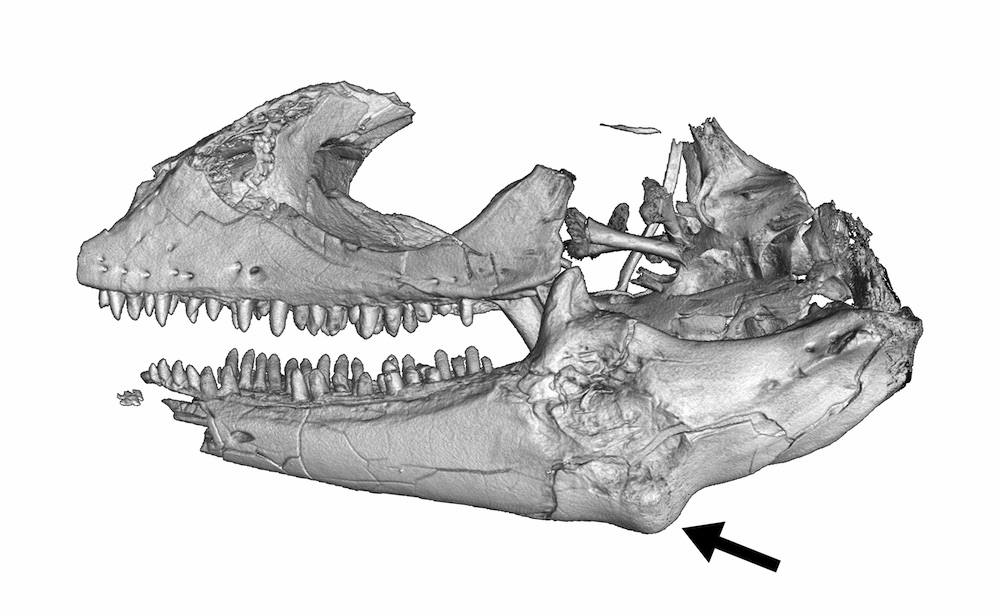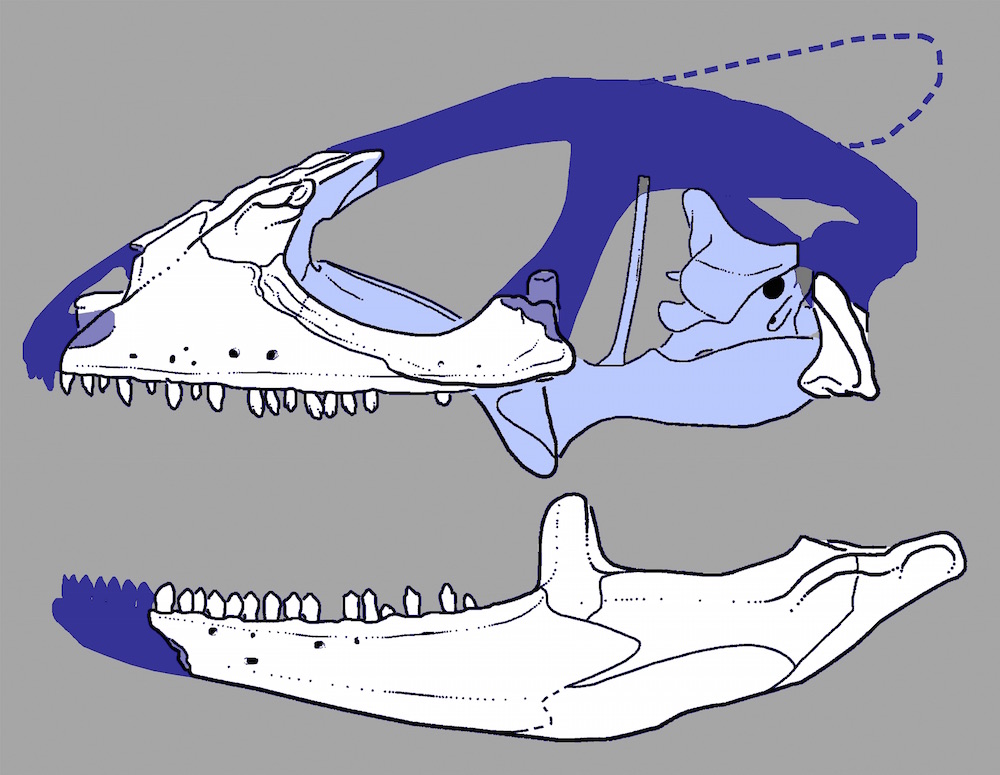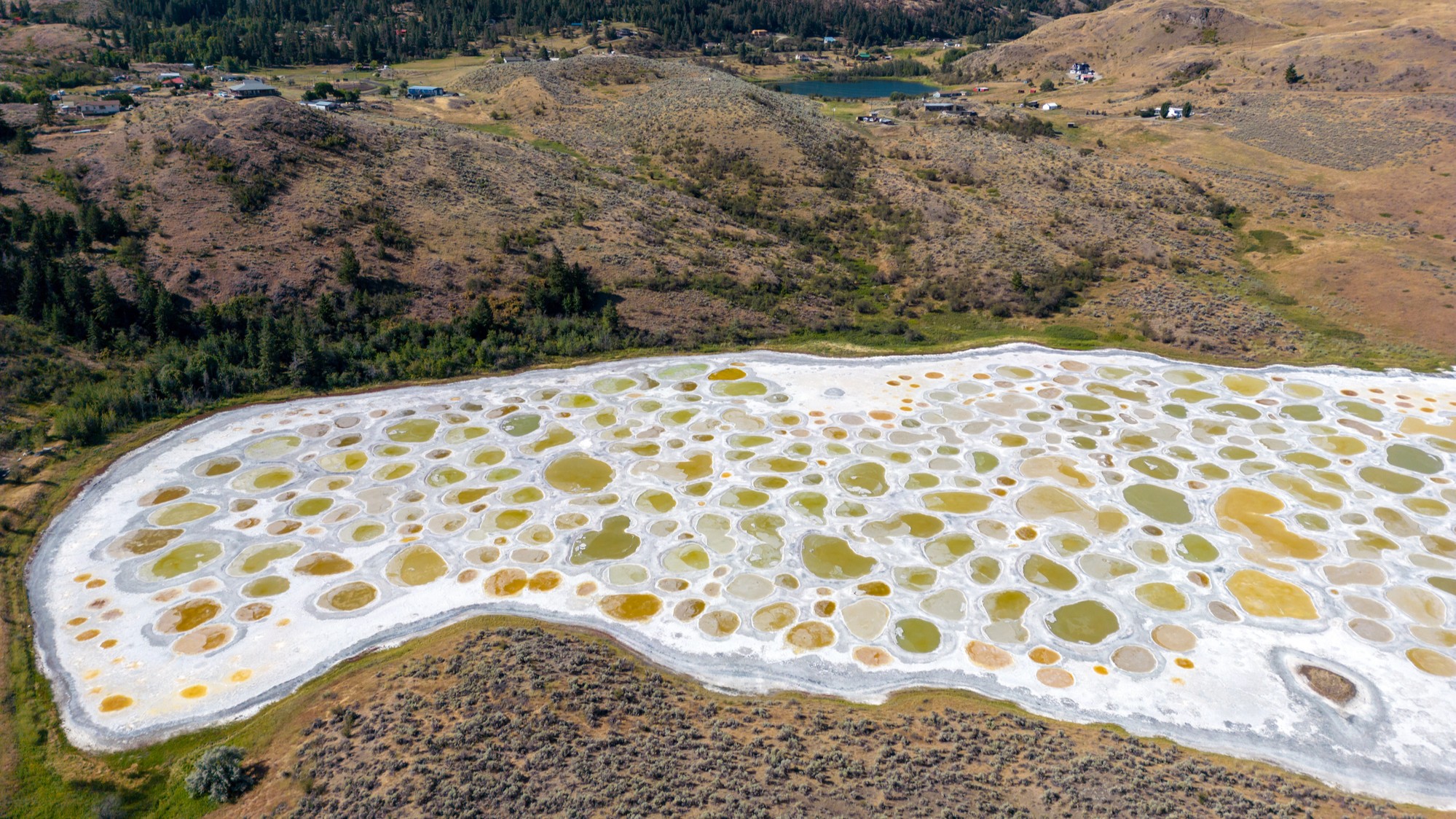Walk on Water: Photos of Ancient Jesus Lizard Relative
The 48-million-year-old skull of an ancient Jesus lizard relative found in Wyoming may shed light on the evolutionary history of lizards, iguanas and chameleons, a new study finds. Jesus lizards, named for their ability to scamper across water, typically live in the tropical environments of central Mexico and northern South America. But during the Eocene period, Wyoming was about 16 degrees Fahrenheit (9 degrees Celsius) warmer than now, making it an ideal environment for the lizards, the researchers said. [Read the full story on the fossil of the Jesus lizard relative]
Jesus lizard
A wild brown basilisk (Basiliscus vittatus), photographed in Guatemala. The animal is nicknamed Jesus lizard for its ability to run across water.
"They have very large feet, and they're able to move their legs very quickly," said the study's researcher Jack Conrad, an assistant professor anatomy at the NYIT College of Osteopathic Medicine. "They're able to use just the surface tension of water to flap their foot on the water and pull up before the water closes around the toes." (Image credit: Ana Balcarcel.)
Sunbather
Modern-day Jesus lizards are about 2 feet long (0.6 meters), but about two-thirds of that is tail, Conrad said. These long tails act as rudders and help the animals change direction. (Image credit: Ana Balcarcel.)
Toothy smile
Get the world’s most fascinating discoveries delivered straight to your inbox.
The 48-million-year-old skull of the Jesus lizard relative shows its teeth are remarkably similar to those of Jesus lizards today.
"Modern Jesus lizards eat everything from flowers to other lizards," Conrad told Live Science. He said he suspects the ancient lizard was also a generalist when it came to meals.
"Basically, if you were small enough for it to shove in its mouth, you're prey," Conrad said. (Image credit: Jack Conrad.)
Upside-down skull
A snapshot of the skull's underside. (Image credit: Jack Conrad.)
Fractured jaw
A CT scan of the lizard skull shows that the animal has a healed jaw fracture (see arrow). Such a fracture would have made it difficult for the lizard to hunt, since many lizards use their faces to attack prey, Conrad said.
"This is a pretty severely broken jaw based on what we can see in the CT scan," Conrad said. "It usually takes a pretty hearty animal to survive something like that." (Image credit: Jack Conrad.)
Fossil drawing
An artists' rendition of the ancient lizard's skull. The skull is almost complete: It's just missing the tip of its snout and a portion on the top of the head (seen in dark blue). (Image credit: Jack Conrad and Mick Ellison.)
Follow Laura Geggel on Twitter @LauraGeggel. Follow Live Science @livescience, Facebook & Google+.

Laura is the managing editor at Live Science. She also runs the archaeology section and the Life's Little Mysteries series. Her work has appeared in The New York Times, Scholastic, Popular Science and Spectrum, a site on autism research. She has won multiple awards from the Society of Professional Journalists and the Washington Newspaper Publishers Association for her reporting at a weekly newspaper near Seattle. Laura holds a bachelor's degree in English literature and psychology from Washington University in St. Louis and a master's degree in science writing from NYU.








